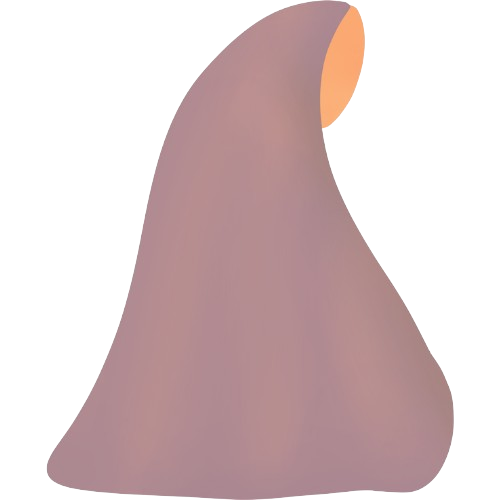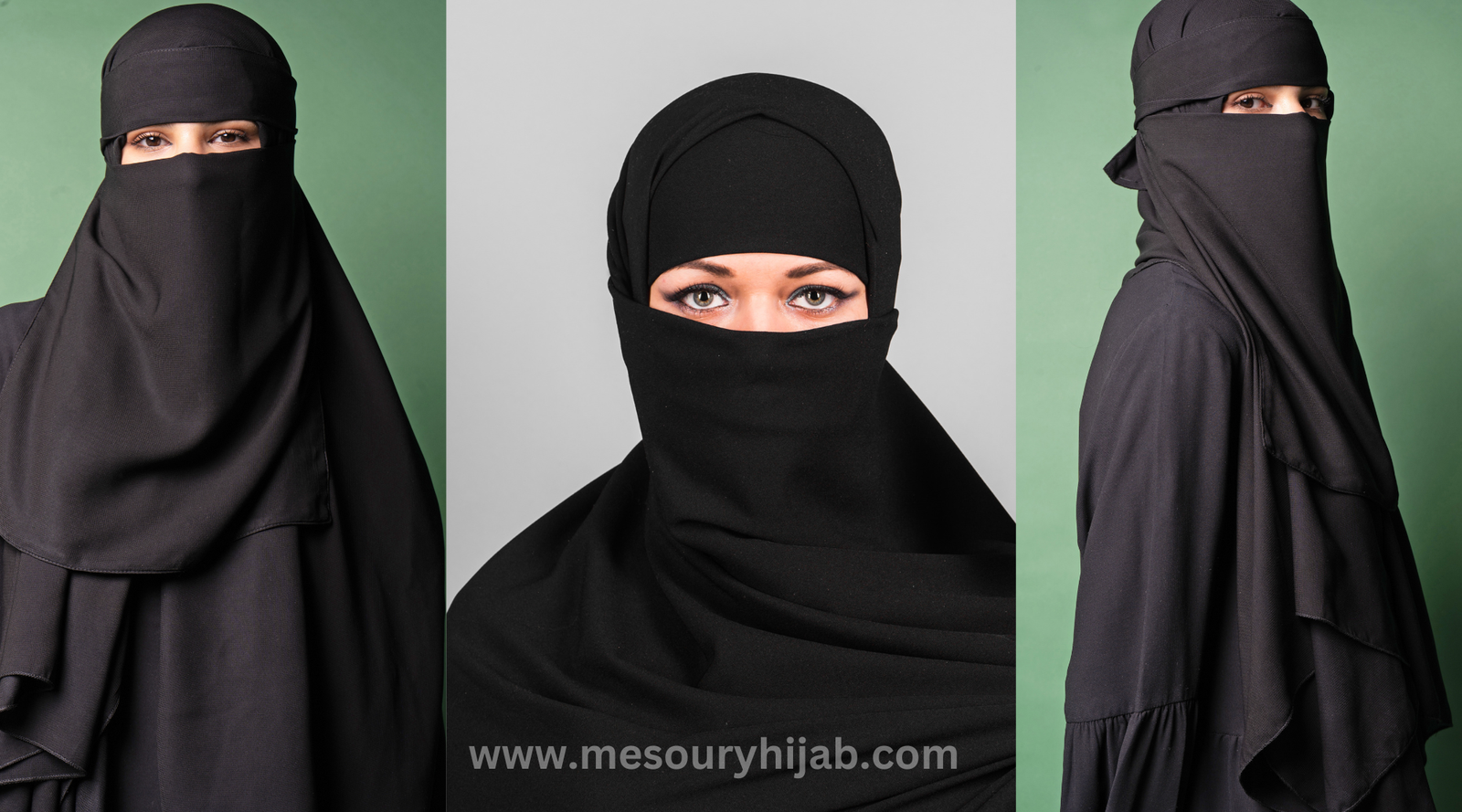In a world of many paths, the niqab is one that some women choose to walk—a garment that represents faith, modesty, and sometimes even defiance of the status quo. For those of us who wear it, the niqab is much more than fabric; it’s a layered symbol of identity, commitment, and strength in our beliefs. My journey with the niqab has allowed me to explore these ideas deeply, and I’d like to share the many layers of this experience, from cultural roots to the modern conversations surrounding this practice.
What is a Niqab?
At its core, the niqab is a face-covering veil that allows only the eyes to be visible. Typically paired with loose, flowing clothing, the niqab often reflects the woman’s personal style, culture, and beliefs. While some niqabs are adorned with delicate embroidery, others are minimal and practical—each one unique to the person who wears it.
Finding My Style: Design and Materials of the Niqab
One of the first things I discovered when choosing my niqab was the variety available. Lightweight fabrics, breathable materials, and a range of colors and styles made it easy to find something that suited both my taste and needs. In my experience, niqabs can be customized for different climates and seasons, and this flexibility has allowed me to feel comfortable while staying true to my faith. I love adding a touch of detail to my niqab, perhaps through texture or a soft, muted color, giving it a bit of personality while respecting its essence.
Discovering the Historical Roots
The niqab’s origins are deeply woven into Islamic traditions and the early practices of modesty and privacy in Muslim communities. Historically, it provided women with a sense of seclusion and protection, especially in bustling public spaces. Over centuries, its meaning and use evolved with the cultures and societies where it was worn. Knowing this history brings a sense of pride and connection to my choice, as I feel part of a long-standing tradition of resilience, adaptation, and faith.
The Changing Significance of the Niqab
Today, the niqab holds different meanings depending on where you are in the world. In some societies, it’s seen as a statement of faith and modesty, while in others, it’s associated with cultural identity and sometimes, women’s rights. For me, it has become a way to proudly assert my values in a world that sometimes questions them. Embracing the niqab has allowed me to explore my cultural roots while creating a bridge between tradition and my own modern reality.
Why the Niqab is Empowering
For me, the niqab is about much more than modesty; it’s a deeply personal, empowering choice. Wearing it allows me to control how I present myself to the world, affirming my beliefs and embracing a form of strength that feels uniquely mine. I know that in some places, wearing the niqab is associated with oppression, but my experience has been quite the opposite: the niqab has given me the freedom to connect with my spirituality and to express myself in ways that feel most genuine to me.
Making the Choice: Personal, Family, and Cultural Factors
Choosing to wear the niqab wasn’t something I took lightly. My decision was influenced by many factors—cultural heritage, religious beliefs, and the values that were passed down to me by my family and community. For some women, the journey to wearing the niqab might look different, and it can involve subtle societal pressures or expectations. In my experience, wearing the niqab is a deeply personal decision, one that is rooted in my own convictions and shaped by the support of my loved ones.
Controversies and Challenges
The niqab has always been surrounded by complex debates, particularly in societies that may not fully understand it. In the media, it’s sometimes portrayed as a symbol of repression, which can be disheartening to see when my experience has been so positive and freeing. Some misunderstand it as limiting or anti-feminist, and I often feel a need to explain that the niqab is, for me and for many others, an expression of autonomy and spiritual choice. I hope that as people become more familiar with our stories, they’ll come to see the niqab as a choice rather than a constraint.
Legal Restrictions and the Niqab
In recent years, some countries have imposed laws that restrict face coverings, including the niqab. This has been challenging, as it puts many women in a position where they must choose between their faith and the law. I’ve watched women navigate these difficult choices, and it’s inspiring to see the ways they assert their beliefs. Legal restrictions often spark debate on the balance between personal freedoms and societal rules, and for me, it highlights the importance of advocating for our right to choose how we present ourselves.
The Niqab in Modern Society: Tradition Meets Style
In today’s world, the niqab is evolving. More young women are embracing it with pride, even infusing it with modern style. I love following social media influencers who share their journey with the niqab, adding a fresh, fashionable twist that makes it relatable for a new generation. From bold colors to elegant designs, these women show that the niqab can be both traditional and expressive.
Visibility and Representation
Social media has opened up spaces where niqab-wearing women can share their stories and connect with others. This has helped to shift some misconceptions, allowing others to see the diverse experiences that come with wearing the niqab. Personally, I’ve found that sharing my story allows me to educate others and connect with people from different backgrounds, fostering understanding and respect for the choices we make.
A Personal Reflection
The niqab is a journey, one that reflects my faith, identity, and resilience in the face of challenges. Wearing it is a choice that has enriched my life, offering me both inner peace and a connection to something greater. As our world becomes more globalized, I hope we can all learn to respect and appreciate each other’s differences. The niqab, like many other choices in life, is a personal one, and it’s my way of expressing who I am—someone navigating faith and modernity with a commitment to both.
The conversation around the niqab will likely continue, but I believe that by sharing stories, respecting one another, and encouraging open dialogue, we can build a world that values diversity. For me, the niqab is part of that story, and it’s one I’m proud to share.


1 Comment
1 Pingback